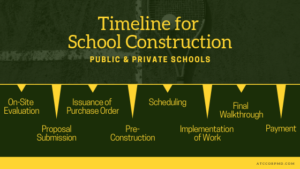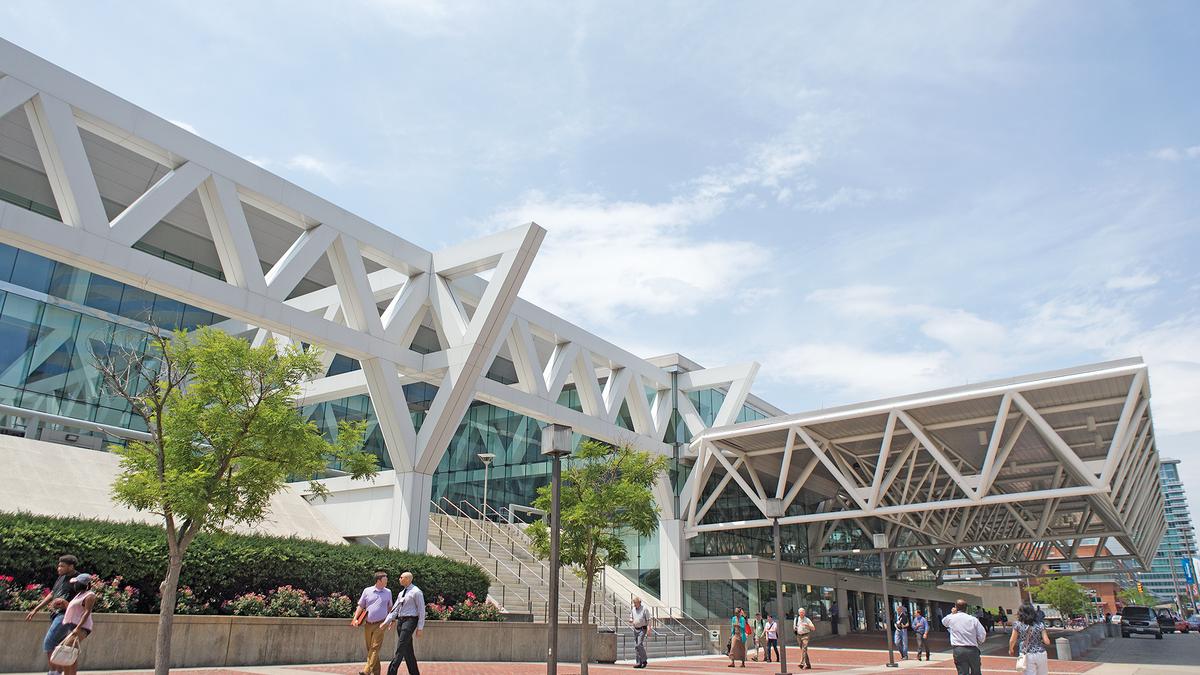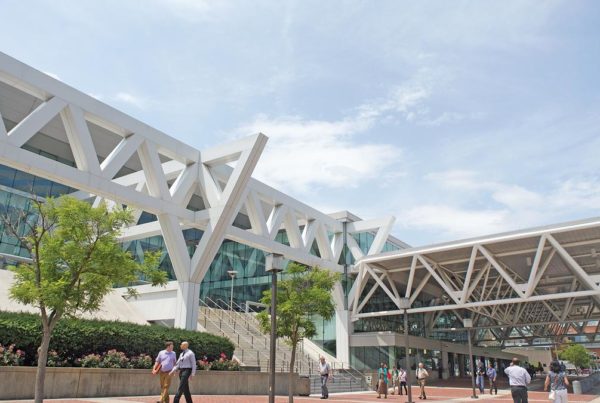Public and private school systems make up a good share of our business at ATC CORP. All of our school projects involve repairing or creating safe and appealing athletic surfaces, such as tennis courts, running tracks, basketball courts, etc.
Schools, more than other types of customers, present unique circumstances not only in the planning phase, but also throughout the duration of the project. We’ve decided on three factors that have the most influence on a school’s sports construction goals.

Budget
ATC works with school systems knowing that budget is a huge guideline in planning track and tennis construction and repairs.
Conducting on-site evaluations in the winter enables us to rank all projects of concern according to priority. Our ranking system is based on a 1 through 5 scale, with each site’s rating dependent upon the urgency of repair. School systems are then able to plan their budget accordingly, with no project left behind. The on-site evaluations typically start in the winter and rankings are delivered by April.
If there are too many repairs needed on one site, or if the underlying asphalt is at the end of its life, we may recommend something more in depth. Early communication using our rating system allows schools to proactively plan and budget for larger projects in the future.
Schedule
While a school system’s main focus is budget, scheduling comes close behind.
The timeline for tennis and track projects, especially on school grounds, depends on two factors: weather and the academic school year.
Even though temperatures are favorable starting in April, school is still in session. Creating a disruption or a hazardous environment for students and faculty are variables that have a big effect on start and finish deadlines. The day after schools dismiss for the summer is one of our busiest days of the year.
Proximity and scope of work are also a factors in scheduling. Larger projects that are closer to the actual school will take priority over simpler or more distant projects.
Weather
Because almost all of our work is heavily weather-dependent, it’s of vital importance that customers understand why.
In the same way that a great stretch of dry weather with favorable temperatures can accelerate a project, rain and cold temperatures cause major delays. Our superintendents are constantly monitoring radar and weather systems that could delay or accelerate the phases of construction.

When materials are exposed to the outside elements during installation, strict guidelines must be followed in order to maintain the integrity and quality of the materials.
For example, crack repairs, color, and track layers cannot be exposed to moisture or wetness. The temperature for color application must be above 55 degrees, and in order to apply Plexitrac, the temperature must be 70 degrees or warmer. Working within these parameters drives us to stay in constant communication with our customers and adjust the phases of construction accordingly, in order to keep the project running smoothly.
Typically, the duration for non-invasive spot repairs (crack repairs, color coating, etc.) takes 10 days on average. Larger projects (refurbishment, court reconstruction, asphalt paving, etc.) take 40 days on average.
For more information on school repairs and construction, contact us today!






